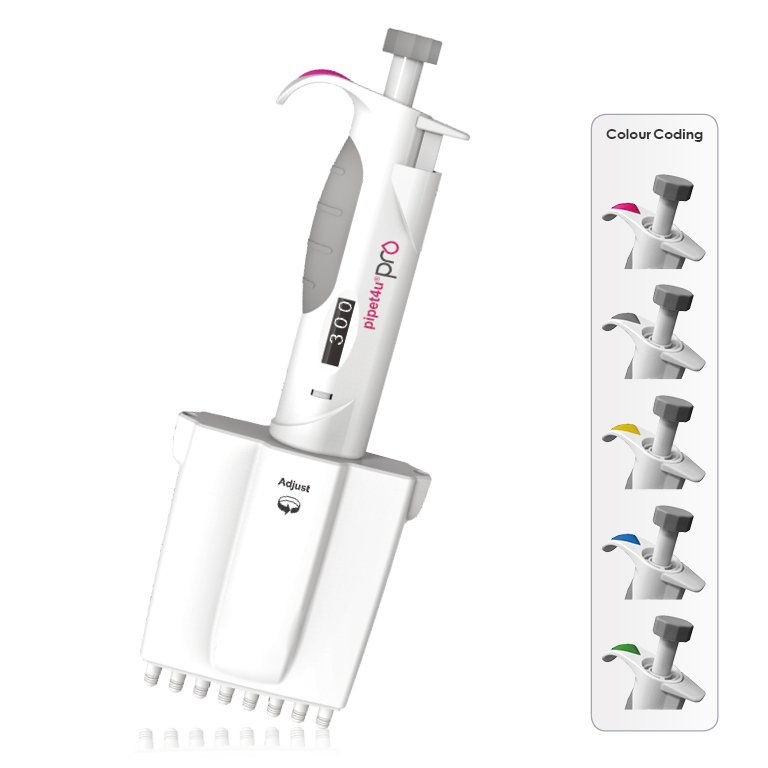
Changes in the detector response of up to 8% depending on the magnetic flux density, on the chamber geometry and on the chamber orientation were obtained. To validate the simulation, the influence of the magnetic field was experimentally determined for a PTW30013 Farmer-type chamber for magnetic flux densities between 0 and 1.425 T. The Monte Carlo simulation tool EGSnrc was used to simulate eight commercially available ionization chambers in magnetic fields whose magnetic flux density was in the range of 0–2.5 T. The purpose of this study is to systematically investigate k B for a typical reference setup for commercially available ionization chambers with different magnetic field strengths. To use these chambers for dosimetry in magnetic resonance guided radiotherapy (MRgRT), this effect must be taken into account by introducing a correction factor k B. Previously, readings of air-filled ionization chambers have been described as being influenced by magnetic fields. Pojtinger, Stefan Steffen Dohm, Oliver Kapsch, Ralf-Peter Thorwarth, Daniela For Permissions, please email: chamber correction factors for MR-linacs From the simulation results, at low energy the energy dependence of the kh factor is significant and with increasing energy this dependence is negligible. The simulation results show in relative humidities between 30% to 80%, the kh factor is equal 0.9970 at 20Â☌ and 0.9975 at 22Â☌. In this article, the Monte Carlo simulation was used to determine the kh factor. For this reason, was introduced the humidity correction factor, kh. In this article, the effect of humidity on the ionization chamber response was investigated.

The free-air ionization chamber, entitled as FAC-IR-300, that design at the Atomic Energy Organization of Iran, AEOI, is required the atmospheric correction factors for correct the chamber reading. The free-air ionization chamber is communicating with the ambient air, therefore, the atmospheric parameters such as temperature, pressure and humidity effect on the ionization chamber performance. Mohammadi, Seyed Mostafa Tavakoli-Anbaran, Hossein INVESTIGATION OF THE HUMIDITY EFFECT ON THE FAC-IR-300 IONIZATION CHAMBER RESPONSE. The detection of these protons opens the gating grid to allow the drift electrons released from the ionizing gas during the (α, p) reaction to reach the anode segment below the reaction. This allows protons from the (α, p) reaction to be detected. The chamber also has a reinforced mylar exit window separating the Si array from the target gas. Setting two sets of alternating wires at differing potentials creates a lateral electric field which traps the drift electrons, stopping the collection of anode signals. The gating grid functions as a drift electron barrier, effectively halting the gathering of signals. above the anode is a Frisch grid that is held at ground potential. into the chamber from the front face, to which a mylar window is affixed. The dead area of the chamber was reduced by the addition of a Delrin snout that extends 0.875 in. and is divided into 16 equal anode segments (3.5 in. The active length of the chamber is 11.95 in. The MUSIC detector is a segmented ionization chamber.


The anode events are gated by a gating grid so that only (α, p) reactions where the proton reaches the Si detector result in an anode event. The MUSIC detector is followed by a Si array to provide a trigger for anode events. The gas filled ionization chamber is used as a target and detector for both particles in the outgoing channel (p + beam particles for elastic scattering or p + residual nucleus for (α, p) reactions). This chamber was developed to study the (α, p) reaction in stable and radioactive beams. D.Ī multiple sampling ionization chamber (MUSIC) was developed for use in conjunction with the Atlas scattering chamber (ATSCAT). Making MUSIC: A multiple sampling ionization chamber The ionization chamber of the present invention is characterized by the construction wherein the wire is passed through a tubular, straight electrode and radiation shielding material is disposed along the wire except at an intermediate, narrow area where the second electrode of the chamber is located. This patent describes a novel ionization chamber which is well suited to measuring the radioactivity of the various portions of a wire as the wire is moved at a uniform speed, in order to produce the neutron flux traverse pattern of a reactor in which the wire was previously exposed to neutron radiation.


 0 kommentar(er)
0 kommentar(er)
